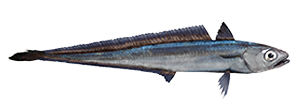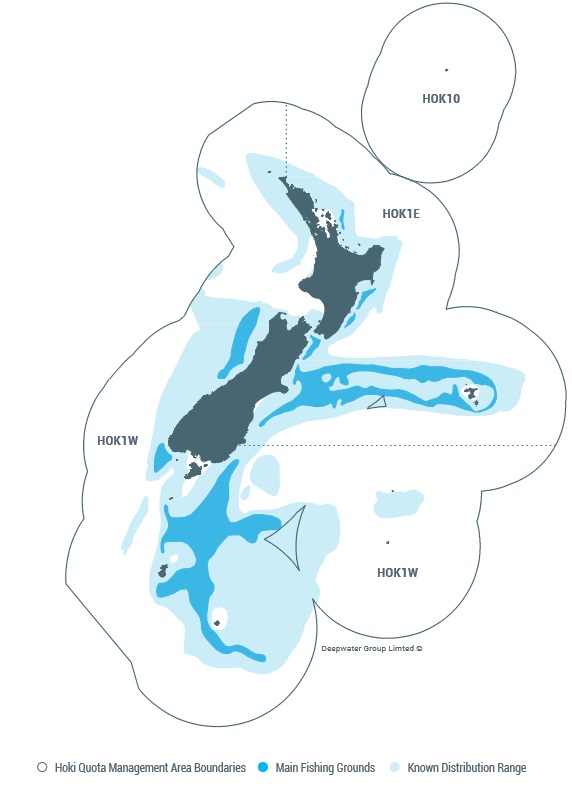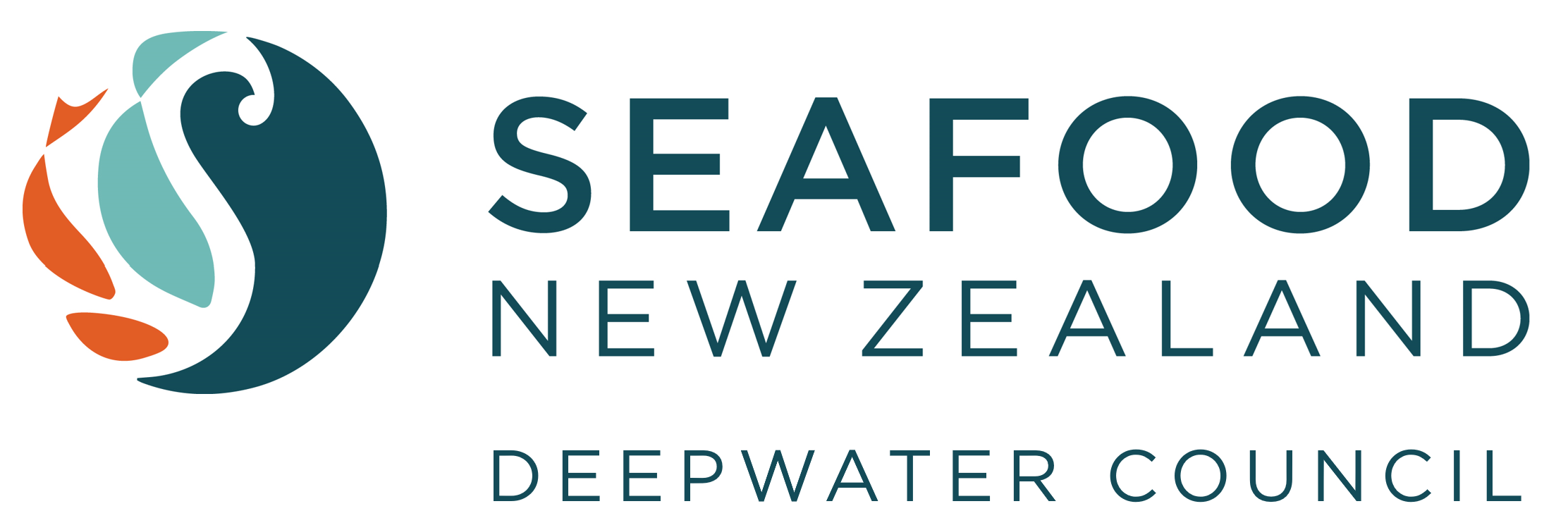Hoki (HOK)
Hoki fisheries are sustainably managed - click here.
HOK 1 East & West are certified sustainable under the Marine Stewardship Council's programme - click here.
To view the supporting documents for the most recent MSC assessment, click here.
Hoki is one of New Zealand’s most commercially important deepwater fisheries. Hoki are caught by trawling within four main fishing regions off New Zealand’s South Island: on the Chatham Rise, Campbell Plateau, along the West Coast, and in Cook Strait.
Since 2001, the New Zealand hoki fisheries have been certified as meeting the very high seafood sustainability standards required by the Marine Stewardship Council, they were the first major whitefish fishery in the world to do so.
Common Name
Hoki
Scientific Name
Macruronus novaezelandiae
Ministry Code
HOK
Quick Facts
- Trawl fishery (found 200-600m)
- Managed as two fish stocks: New Zealand’s eastern stock (HOK 1 East) and western stock (HOK 1 West)
- SNZ Deepwater Council represents both stocks and 93% of the total quota
- Benthopelagic, meaning they are found on the seabed and the water column above
- Start breeding around 3-5 years old and live to ~25 years
- First major whitefish fisheries to be certified sustainable by the internationally recognised Marine Stewardship Council in 2001, and certified for a record fourth time in 2018 without conditions
- Prime white fish with moist, flaky flesh


Related Pages
Fisheries Management
Environmental Management
MSC Certification
Seafood
The New Zealand Hoki Story | MSC

